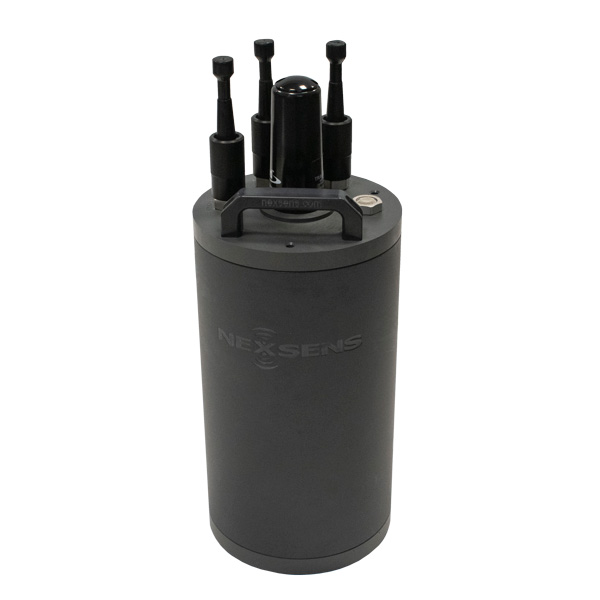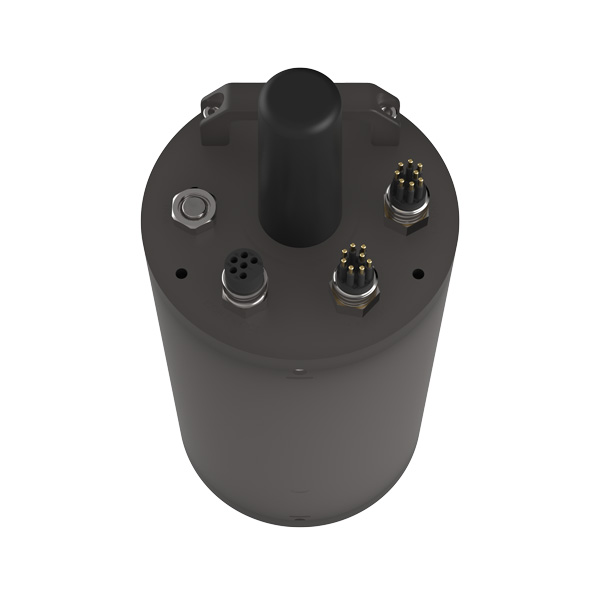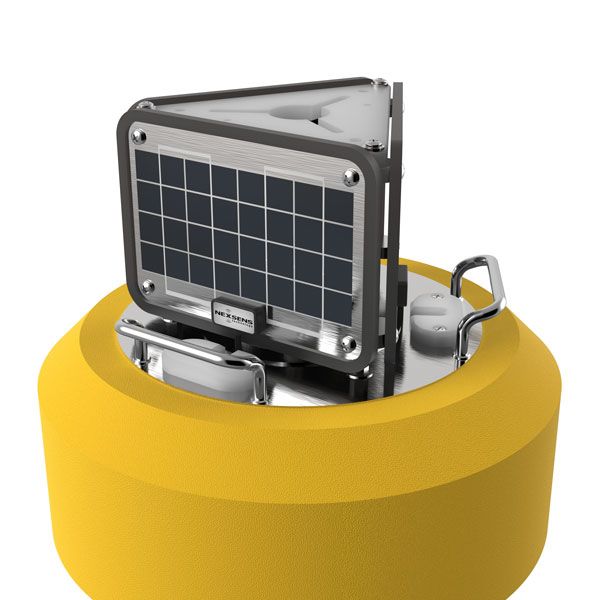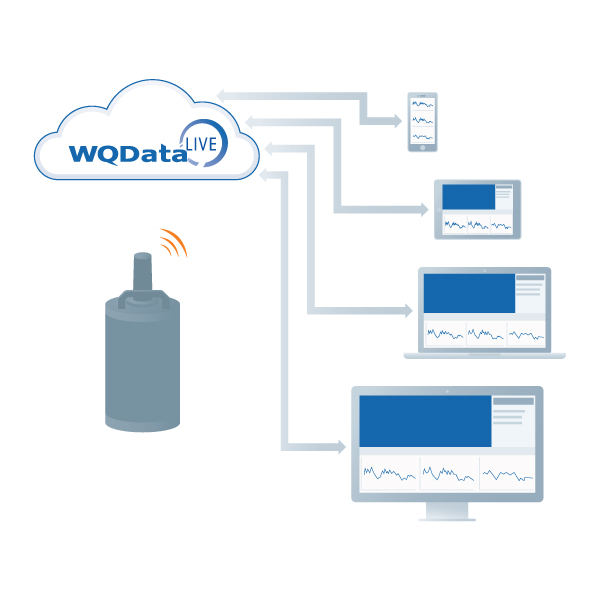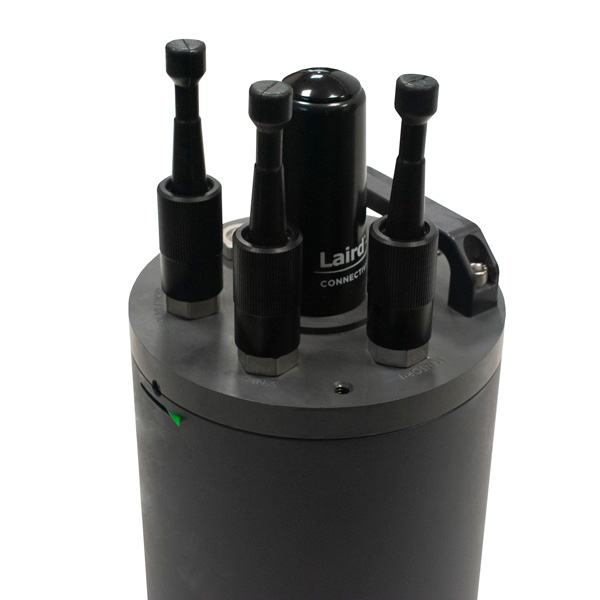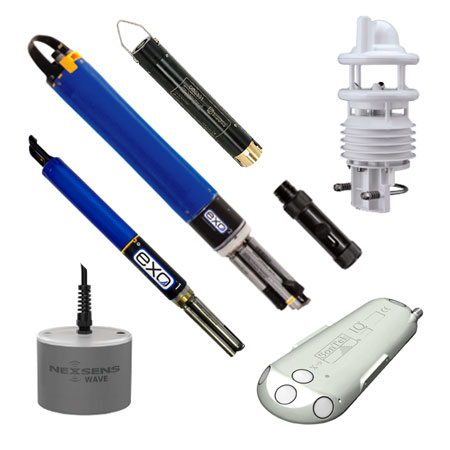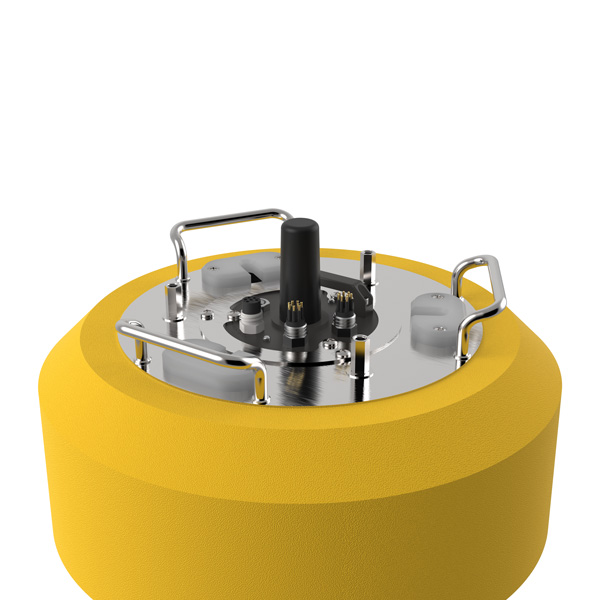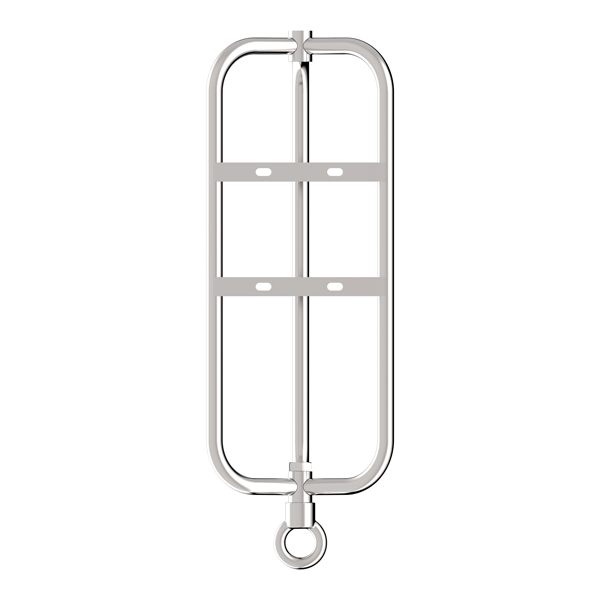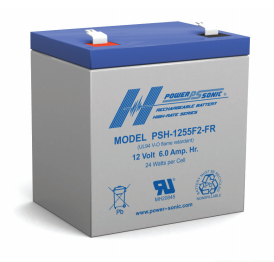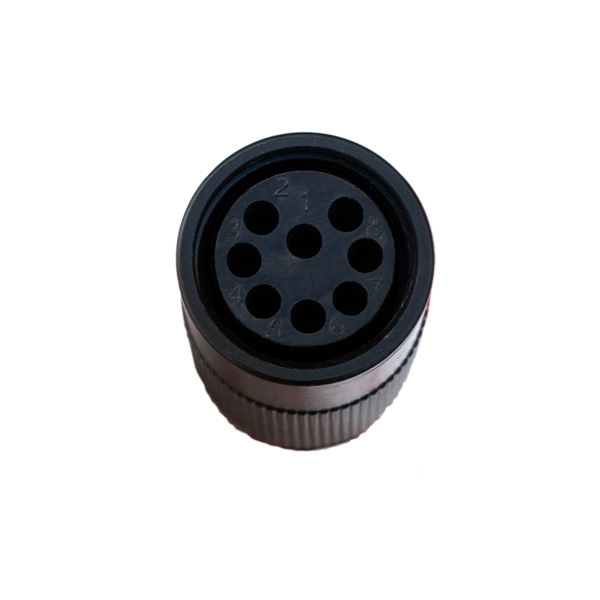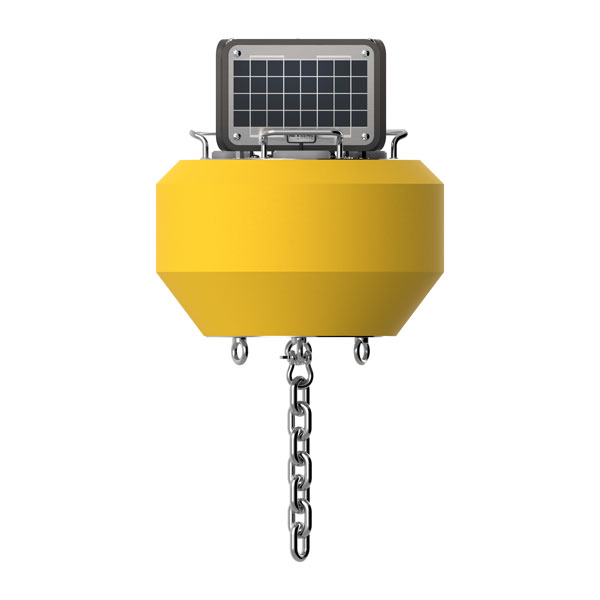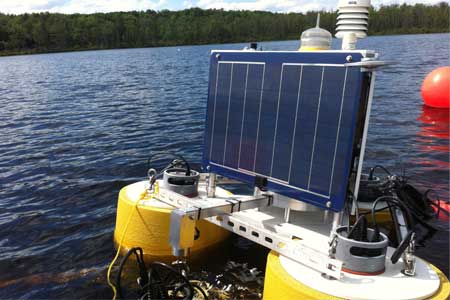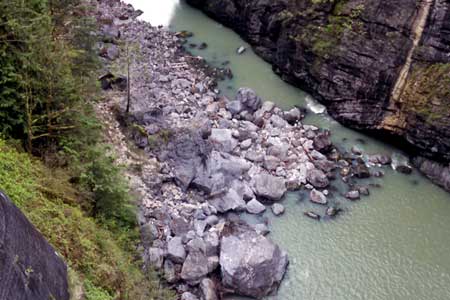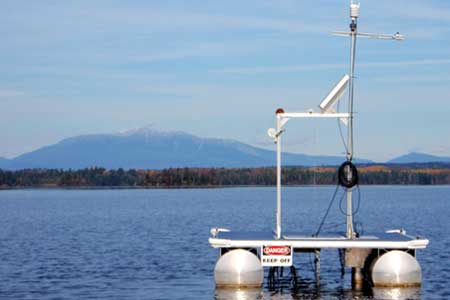X2-SDLMC Submersible Data Logger
The X2-SDLMC is a rugged, self-powered remote data logging and telemetry system specifically designed for offshore use without fear of accidental flooding.
Features
Tech Specs
Material: Housing: PVC; Connectors: Type 316 SS, neoprene; Pressure valve: Anodized aluminum
Weight: 5.0 lbs. without batteries; 8.3 lbs. with SLA battery pack
Dimensions: 5.5” (13.97 cm) diameter; 15.0” height (38.10 cm)
Internal Power: 6 A-Hr SLA battery, 12 VDC
External Power Requirements: 5-16 VDC ±5% (Reverse polarity protected)
Current Draw (Typical @ 12VDC): Low power sleep: 350uA; Active: 45mA; Cellular transmitting: 300mA; Iridium satellite transmitting: 170mA
Peak Current: Power supply must be able to sustain a 500mA 1-second peak current (@ 12V)
Operating Temperature: -20 to 70°C
Rating: 100m depth rating (standalone); 10m depth rating (with telemetry)
User Interface: RS-485 direct to CONNECT Software, WQDatalive Web Datacenter
Data Logging: 256MB microSD card (expandable up to 4GB)
Data Processing: Parameter level polynomial equation adjustment; Basic & burst averaging (min, max, standard deviation, and raw data available)
Real Time Clock (RTC): <30sec/month drift1; Auto-sync weekly2; Internal backup battery
Log Interval: User configurable from 1 minute (10 minute default)3; Unique interval per sensor
Transmission Trigger: Time-based; Selective parameter upload option
Sensor Interfaces: SDI-12, RS-232 (2 channels), RS-485
Sensor Power: (2) independent switches from input supply4,5
Built-in Sensors: Temperature (-40 to 85°C, 0.1°C resolution, ±3°C accuracy); Humidity (0-100%, 0.1% resolution, ±4% accuracy from 5-95% RH & -20 to 70°C); Battery voltage; System & sensor current
Sensor Ports: (2) MCBH-8-MP for sensor interface (RS-232, RS-485, SDI-12, Switched Power, GND)
Power Port: (1) MCBH-6-FS for power and communication (12V Solar In, Power Switch, RS-485 Host, GND)
Telemetry Options: 4G LTE cellular, CAT-M1 cellular, Iridium satellite
Antenna Port: Type N female
1Assumes 25ºC operating temperature
2Requires the X2-SDLMC to be connected to the internet
3Minimum log interval dependent on sensor limitations and processing time
4Cumulative concurrent current limit of all three channels is 2A
5Logger power supply must be able to support current requirements of sensors
Accessories
Case Studies
Lake Lacawac Profiling Platform
The Lacawac Sanctuary and Biological Field Station overseen by Miami University’s Center for Aquatic and Watershed Sciences is home to lots of exciting research projects. Its namesake, Lake Lacawac, is part of the Global Lakes Ecological Observatory Network, an expansive group of scientists worldwide who study how lakes respond to environmental change. Because of that status, it makes sense that data collected at the sanctuary are used in projects near […]
Read More →Washington Dam Hydrology Tracking
Near the small town of Concrete, Washington, there’s a dam on the Lower Baker River holding back its water. The dam is owned by Puget Sound Energy, a company that delivers electric power and natural gas to customers in the U.S. Northwest. For some time, the hydrology surrounding the dam has been of interest to engineers at the energy company who oversee its operations as part of a hydroelectric asset. […]
Read More →Monitoring Platform Protects Native Culture
The Penobscot River is at the heart of Penobscot Indian culture. For hundreds of years, the tribe has looked on it as a source for food and medicine, as well as a means of transportation. But in recent years, algal blooms have gotten worse in the river, believed to be caused by phosphorus discharges from a paper processing plant. Not long after the plant was fined and ceased operations, the […]
Read More →

